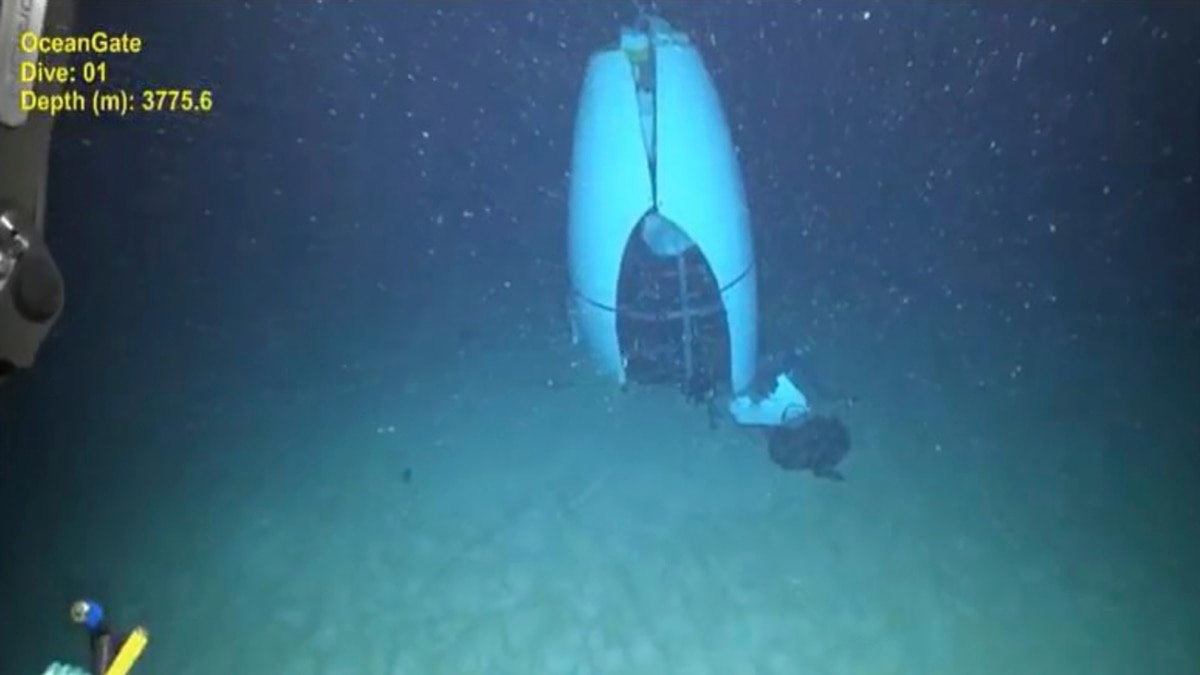A specialist recently revealed that the submarine used to explore the wreck of the Titanic had serious defects in its construction materials. The revelation comes after a detailed examination of the vehicle, which showed that the defects were rooted in the manufacturing process of the carbon fiber body.
The submarine, designed for deep-sea exploration, suffered a catastrophic failure during one of its dives to the Titanic site. The carbon fiber material used to build the exterior of the submersible was found not to be up to specified standards, leading to structural weaknesses that were not apparent until it was under extreme underwater pressure.
This incident has raised concerns about the safety protocols and quality controls in place for the manufacturing of deep-sea exploration equipment. The specialist stressed that such defects could pose serious risks to the crew and jeopardize the entire mission, underlining the need for rigorous inspections and testing of materials used in such critical applications.
The implications of this discovery go beyond the immediate safety of exploration teams. It highlights a significant oversight in the production chain that needs immediate attention to prevent future occurrences. The manufacturing process of high-performance materials such as carbon fiber must meet the highest standards, especially when used in challenging environments such as the deep sea.
As the investigation continues, the focus is now on improving material quality and examining the entire manufacturing workflow to ensure all submersibles are equipped to safely handle the challenges of deep-sea exploration . This incident constitutes a crucial learning point for manufacturers and regulatory bodies to strengthen their quality assurance processes and ensure the reliability and safety of underwater exploration equipment.



